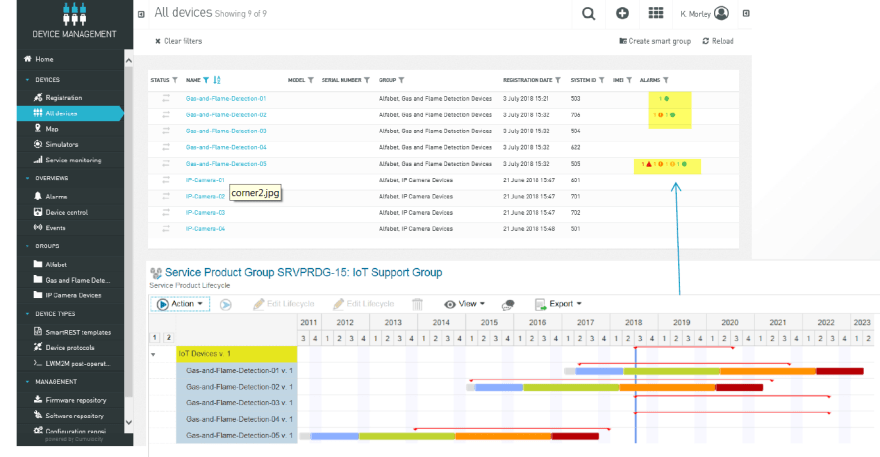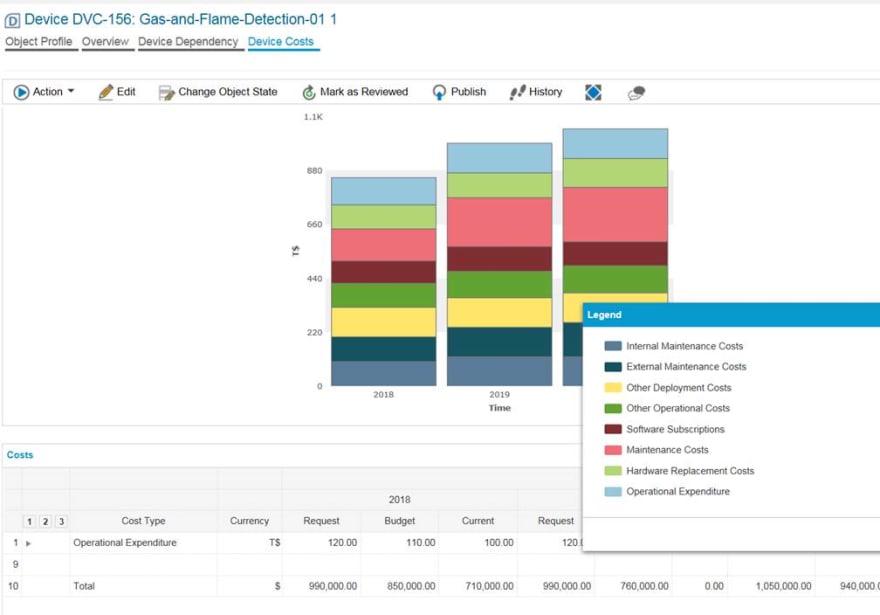How to achieve end-to-end visibility across operational & information technology environments
How do you accommodate changes to your devices after deployment, such as connectivity modifications, feature enhancements and technology upgrades? How will you be informed about device obsolescence, scheduled maintenance and necessary repairs? IoT Portfolio Lifecycle Management provides complete end-to-end visibility across both Operational Technology & Information Technology environments to gain better understanding of the full end-to-end IoT landscape.
By Karl Morley, Principal Architect and Bob Hall, Consultant, Software AG
More IoT connected devices than people!
Gartner estimated the growth of IoT devices from 6.4 billion in 2016, to 20.8 billion by 2020. This trend is expected to grow further with the growth of IoT expanding in the near future*. In most of the existing device estates, it is difficult to accommodate changes to the devices after deployment, such as connectivity modifications, feature enhancement, technology upgrades, etc.
IoT Portfolio Lifecycle Management
Imagine you are a retailer and have set up an IoT solution for devices such as fire extinguishers and smoke sensors in all of your locations. Wouldn’t it be nice to be informed about device obsolescence, scheduled maintenance and necessary repairs? How do you visualize the software dependencies of your IoT devices, e.g. application “SmokerWatcher” is deployed on which devices and where are they? What happens to a device if the application gets deprecated? How would you know that the device needs to be updated with a new version of the application?
The idea of an IoT Portfolio lifecycle management solution was born during Software AG’s WIRED 2018 Innovation competition. The unique solution combines the strengths of Cumulocity & Alfabet to provide complete visibility across both OT & IT environments. While Cumulocity provides the operational view on the IoT devices, Alfabet adds data like connected applications, projects, device service contracts, device vendor and the building location (only GPS coordinates available in Cumulocity). With Alfabet you will be able to create a Digital Twin with rich information for each of your IoT devices. The Alfabet capabilities will also enable you to run cost-analysis reports, e.g. on maintenance costs, software subscriptions, depreciation etc.
_ Figure 1: Cost analysis_
Alfabet also enables you to group your devices (by organization/plant) and run hierarchy reports, e.g. by service/vendor contacts.
As for Cumulocity: REST integration will feed the customized tabs (in our example service contract, vendor contact and building location) with information from Alfabet and display alarms for individual devices.

_ Figure 2: Alarms raised in Cumulocity based on Alfabet lifecycle management of the devices_
_ Figure 3: New custom tabs and alarms in Cumulocity_
Add IT Governance to your IoT Solution
IoT Portfolio Lifecycle Management combines operational management and life cycle management of IoT devices. It provides you with a better understanding of the as-is & to-be device infrastructure with management of the transition between these states. Introducing a time dimensional aspect into Cumulocity with Alfabet will support the management of device obsolescence, scheduled maintenance and repairs after deployment.
Software AG can support you with a Configuration/Accelerator package with predefined outcomes. To learn more, email consulting-sales@softwareag.com








Top comments (0)